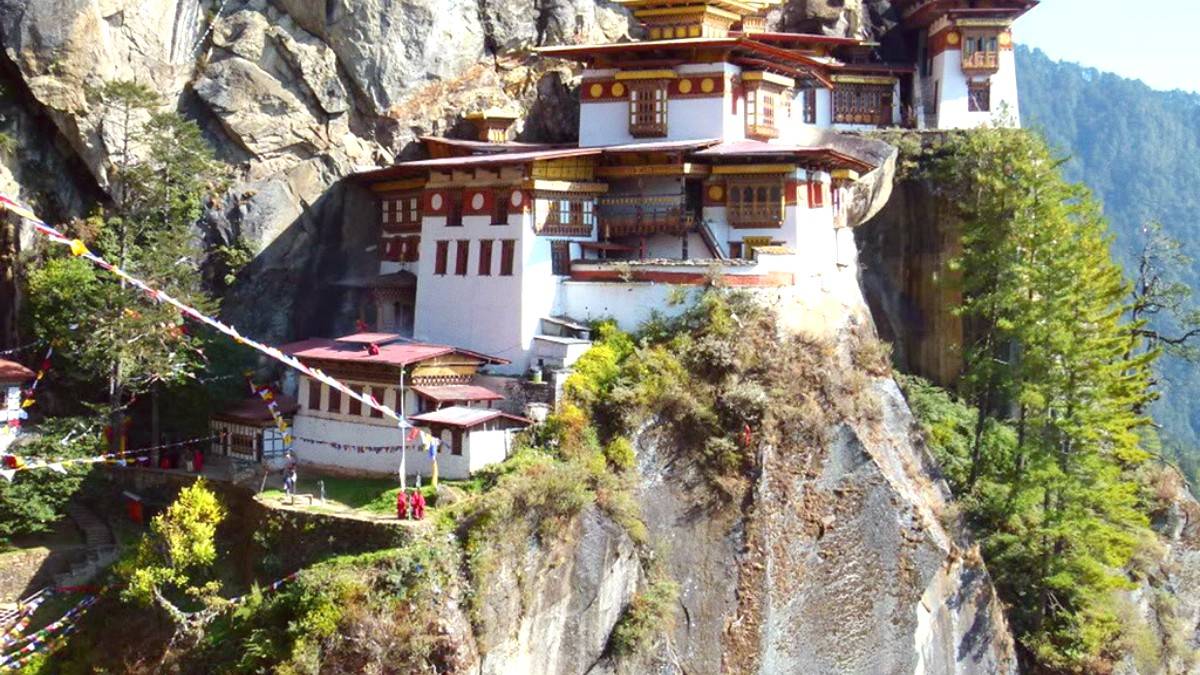
Northeast States, India
Nagaland experiences a distinct monsoon climate, creating varied conditions throughout the year.
Nagaland's seasons offer distinct travel experiences.
Below, find an analysis of high, shoulder, and low seasons, including their positive and challenging aspects.
Most popular period for travel.
Ideal weather for sightseeing, trekking, and outdoor activities. Clear skies and pleasant temperatures. Hornbill Festival in December. Many tribal festivals provide cultural experiences. Dry conditions make roads accessible.
Higher tourist numbers. Accommodation prices might be higher, requiring advance booking. Transportation can be more competitive.
Fewer tourists, pleasant balance.
Fewer tourists than high season. Accommodation prices might be slightly lower. Landscape remains green from previous rains. Pre-monsoon showers bring a fresh feel. Good for outdoor activities before heavy rains.
Humidity begins to increase. Occasional pre-monsoon showers might disrupt outdoor plans. Weather can feel warmer and stickier than dry winter months.
Unique experience for rain enthusiasts.
Waterfalls in full flow, dramatic scenery. Lowest prices for accommodation and services. Very few tourists. Tranquil and authentic local experience.
Heavy rainfall can disrupt travel plans significantly. Increased risk of landslides often leads to road closures and delays. Trekking difficult due to muddy trails and leeches. Some remote roads inaccessible.
Monsoons: Heavy and continuous rainfall from June to September. Plan for potential travel delays, road closures from landslides, and leeches if trekking. Always check local road conditions. Hurricanes: Nagaland does not experience hurricanes. Extreme Temperatures: Winters in higher altitudes become very cold at night and early mornings. Pack layers, hats, Gloves, and Scarves for December-February. Daytime temperatures remain generally pleasant.
Nagaland's climate directly shapes accessibility and activity options. Adapting to seasonal changes makes for a smoother travel experience.
October to March offer the best conditions. Avoid peak monsoon.
December for Hornbill Festival. Many tribal festivals occur October to March.
Post-monsoon (October-November) for colors and clear skies.
October to November at Doyang Reservoir for Amur Falcon migration.
Monsoon offers lush greenery and misty scenes for those prepared for rain.
India has specific visa regulations, and Nagaland also requires an Inner Line Permit (ILP) for Indian citizens, alongside a registration for foreign nationals.
Most foreign nationals need an Indian Visa to enter the country. The visa type depends on your travel purpose (e.g., Tourist, Business, Entry Visa).
Carry all documents to support a smooth entry into India and Nagaland.
Nagaland offers options for various budgets. The Indian Rupee (INR) is the official currency. Carry smaller denominations (₹10, ₹20, ₹50, ₹100) for local purchases. ATMs are available in urban centers but less common in smaller towns.
| Travel Style | Approx. Daily Cost (INR) | Approx. Daily Cost (USD) |
|---|---|---|
| Budget Traveler | ₹1,500 - ₹3,000 | $18 - $36 |
| Mid-range Traveler | ₹3,000 - ₹7,000 | $36 - $84 |
| Luxury Traveler | ₹8,000+ | $96+ |
Being ready for potential health concerns and having local safety knowledge supports a smooth journey.
Ensure MMR, Diphtheria-Tetanus-Pertussis, Varicella, Polio, and Influenza are current.
Hepatitis A, Typhoid, Hepatitis B (for long-term travelers), Japanese Encephalitis (rural areas), Rabies (animal contact).
A certificate is for arrivals from or transit through endemic countries.
Prevention is for common travel illnesses.
Diarrhea: Drink only sealed bottled water or properly filtered water. Avoid ice. Eat hot, freshly cooked food. Peel fruits. Wash hands frequently or use Hand sanitizer. Mosquito-borne Diseases: Use Insect repellent with DEET or Picaridin. Wear long sleeves and pants. Sleep under a Mosquito net.
Altitude Sickness: Kohima's elevation (1,444m) rarely causes issues. For higher peaks, acclimatize gradually. Leeches: Common in monsoon in forested areas. Wear long Socks and sturdy shoes. Carry salt or lighter to detach them.
Always consult a doctor about malaria prophylaxis if traveling to high-risk areas.
Dimapur and Kohima have government hospitals and private clinics. Quality varies; private clinics generally offer better standards.
Medical facilities are basic with limited resources. Access to doctors and pharmacies can be challenging.
Serious emergencies might medical evacuation to larger cities like Guwahati or Delhi.
Maintaining good hygiene with food and water prevents common traveler illnesses.
Nagaland is generally considered safe for tourists. Local people are known for hospitality. Keep valuables secure in crowded areas. Stay informed about local news.
Can occur in crowded areas like markets or bus stations in Dimapur. Stay vigilant.
Occasionally, local political or tribal matters arise. These rarely involve tourists directly.
Exercise caution when walking alone at night, especially in dimly lit or isolated areas.
Keep these numbers ready: